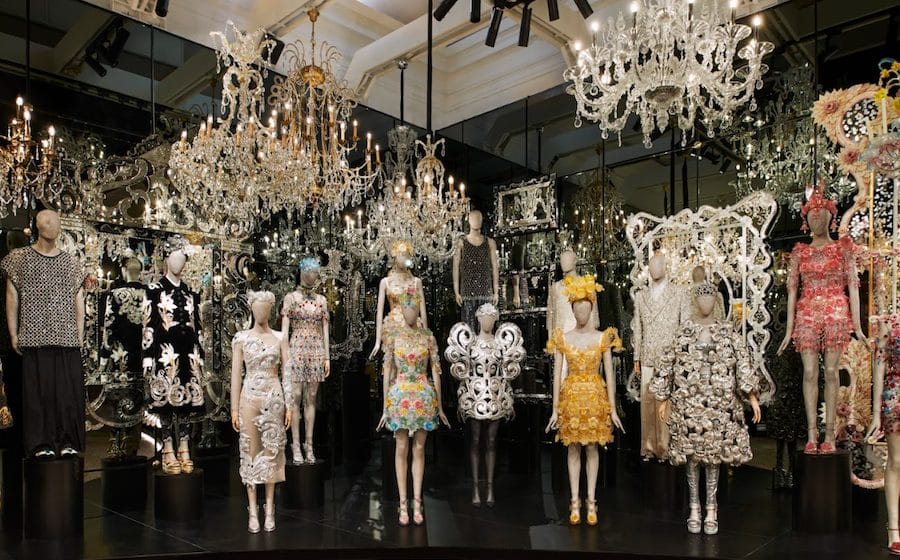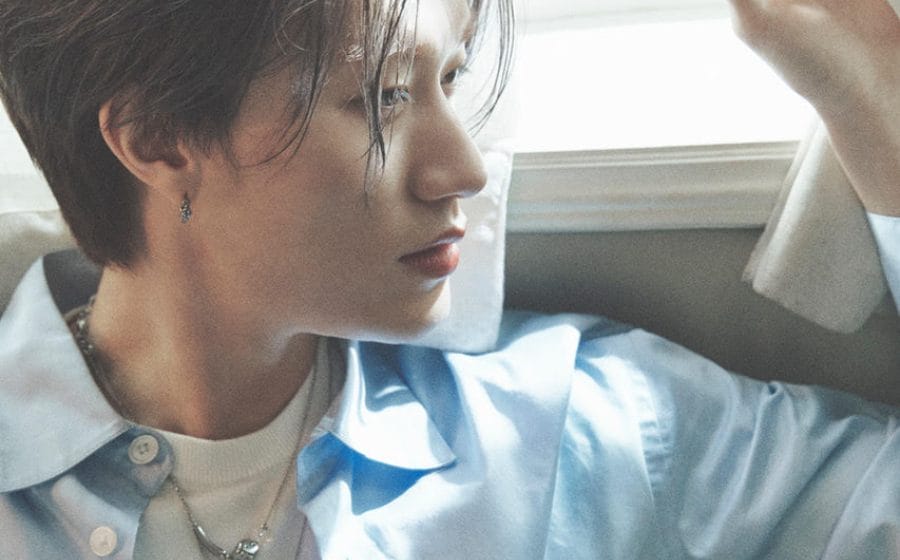Branching out from vintage apparels to timeless Danish furniture, Marko Yeo of Noden, conveys his philosophy for a sustainable, design-centric way of living.
You started collecting vintage furniture more than 15 years ago.
I had my own shop in 1999 dealing in vintage apparel and denim, so the interest naturally carried over to furniture. You fall in love with it, especially when you start buying furniture for your own place, and when [Tawan and I] were comfortable with our knowledge of Scandinavian design, and saw the lack of opportunity for Singaporeans to purchase original vintage Danish designs (most were replicas), we decided to launch Noden in the spring of 2013.
What catches your eye when sourcing for vintage furniture?
It has to be the functional usability of it, and it has to be in great condition even before we restore it. It also has to fit into the context of modern home living. So we’re pretty fussy and selective about the pieces we bring in — that’s how we differentiate ourselves.
And you bring in more than just furniture.
The products you see at Noden are usually discovered during our travels, mostly to Scandinavia (Denmark) or Paris. We take home a couple of actual items, live with it for a month or two, and when we feel for them we will put them out for sale at Noden. Our goal is to offer products that we use ourselves, so that there’s confidence that customers will walk away feeling good too.
Do you explore other countries aside from Denmark and Paris?
Japan has always been on the list, but it’s harder to bring in vintage Japanese furniture. Last year, we launched a Japanese artist range of textiles that’s exclusively available at Noden. We’re even open to supporting closer countries within Asia and Southeast Asia, but it has to be right. We don’t want to be a shop that stocks as many brands as possible; it has to blend in with our current vintage offerings.
What do the pieces from Noden add to the home?
The pieces we bring in are known as Danish Modern, basically from after World War II. They are designed for smaller homes, but also fit into bigger ones, and they function to a point where the modern-day homeowner can relate to owning the pieces. And in a new home where everything is gutted out and fully renovated, a piece of Danish vintage furniture from the 1940s to 1970s really adds a touch of cosiness that a modern piece can never offer. Danish modern is actually very famous without people having to preach about it, and it blends subtly into any home decor theme.
Scandinavian design has become extremely popular recently.
The resurgence in Scandinavian design started two decades ago, when people questioned what happened to it. The Japanese were the forerunners in buying back, restoring and offering the pieces, and soon the rest of the world caught on. People became aware and realised it was truly timeless. When Scandinavian designers craft their furniture, they had the thought of eternity and lifetime embedded in their minds; the pieces weren’t meant to be built and disposed of in three to five years, which a lot of us are exposed to. So the trend caught on, together with the hygge concept people have been trying to promote, and that’s how it’s gotten to its stage of popularity today.
Scandinavian design is also more than just design; it’s a way of living. Do you subscribe to that?
A hundred per cent. Everything in our home is Danish and vintage, and in a way it’s a sustainable way of living. We don’t talk about it because it’s self-explanatory: the furniture fits into the modern-day context perfectly because it was designed based on the human form and ergonomics. And it looks modern; you wouldn’t even know it was from the 1960s. So we do subscribe to that way of living — the way we display art, the things we choose to keep at home, it’s all very natural. We don’t stage it or go for that magazine look because it’s impossible. Living should be natural, and that is conveyed throughout our photography, our products and when you step into our shop. That’s the environment of Noden.
Marko wears Sandro Cotton shirt; COS Cotton pants
Featuring Noden Hans Wegner chair
Photography by Elvina Farkas
Photography Assistant by Lucas Milone
Styling by Belda Chung
Grooming Hongling using Kevin Murphy and NARS








